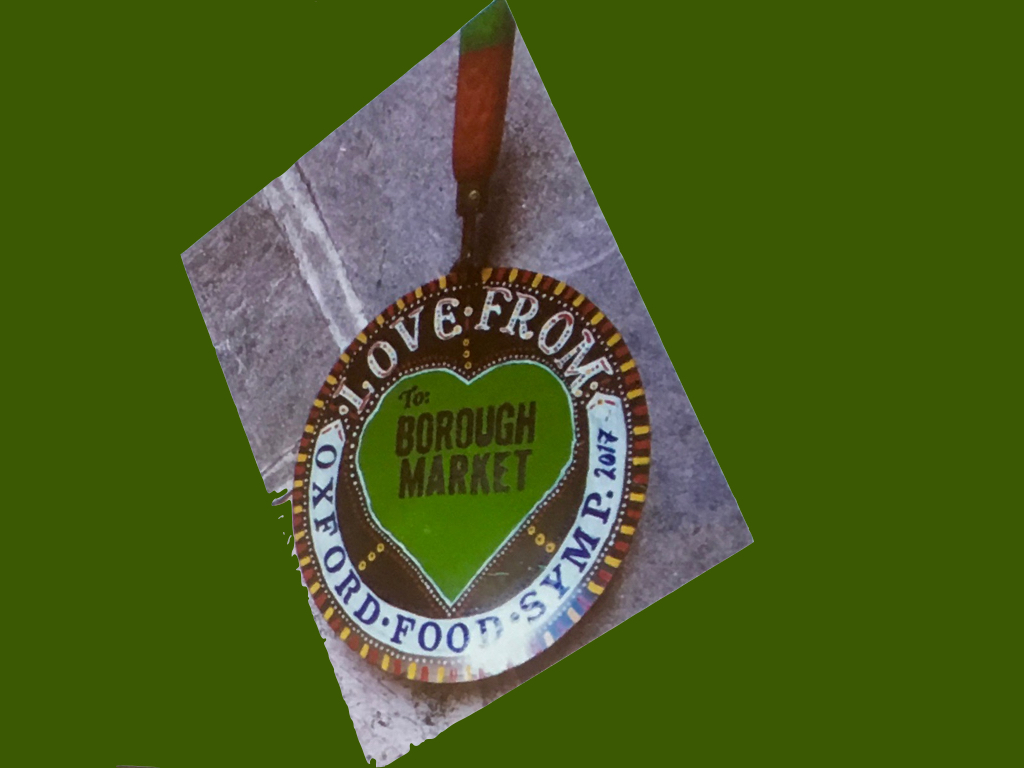A VISIT TO RUNGIS (Part 2)

The market hums with activity and is well into it’s trading day when we arrive. Trucks are rolling into loading bays, petrol stations, banks and restaurants are in full service to support the workers. It is a small town, vibrant and alive, while in central Paris to the north the city still slumbers. Seventy percent of the meat and produce sold at Rungis is still sourced from the regions surrounding Paris with support from Brittany and Normandy. The remainder coming from the rest of France and abroad. Overseas product extends the seasons giving seasonal product all year round supply. Guy asks the questions is global sourcing right? Is industrialisation friend or foe? Is it right to sell tomatoes in October? Can you afford not to?
The fish hall is our first stop as it starts trading early around 1am. An enormous ice maker the size of a large hotel sits outside churning out copious amounts of ice to keep the fish chilled. Trays of Conger eels, razor clams, sardines, tuna, lobster, prawns and mussels litter the floor but half the stock is gone by the time we arrive. The hall is buzzing with forklifts moving at pace across the vast concrete floors. Visitors are reminded they enter at their own risk and the right of way is to the forklift and vendor. This is a commercial enterprise after all.
Our second hall demonstrates the dichotomy of industrialisation. Our destination is the meat hall. Carcasses of beef and veal hang from the slick automated meat racking systems. Tags are attached to each carcass to identify the animal and its history. Air conditioning, concrete floors and floor drainage systems keep the hall clean, cool and sterile. Quality control officers and veterinarians from the Ministry of Agriculture operate from the hall ensuring standards are met. Guy becomes more animated (and I did not think this was possible) the moment we enter. Vegetarianism, I wager, is not a mantra he fully embraces. But a number of my group do and they visibly recoil from the realities of a carnivorous diet. Possibly 3.30am is a little early to meet your gremlins particularly without any caffeine to support you. Guy advises that the hall trades well below the volumes of the early 1990s and footage has been significantly reduced since then. The arrival of BSE (Bovine spongiform encephalopathy more commonly known as Mad Cow Disease) had a devastating effect on the industry and volumes have not recovered in the ensuing twenty years. A slew of health scares in France coincided with BSE and public confidence was severely shaken. Two counter argument present themselves, one that hygiene and standards protect the consumer ensuring that another outbreak does not occur. The opposing position argues that industrialisation caused BSE in the first place by using bone meal to feed herbivores and speeding up line speeds on abattoir boning lines causing fragments from contaminated spinal columns to enter the food chain. What is indisputable is the devastating effect it had on the industry in Europe. BSE happened before the advent of social media and surely the impact would have been far greater with it. Perhaps the lesson is truly understanding the food chain and the impacts of human intervention along the way. I remain unconvinced that the methods of the Les Halles market of old were better in terms of food safety but we seem to falter when we leap before understanding the impact. Surely today the questions have to be around sustainability, welfare and antibiotics when it comes to meat. If we don’t the costs are undoubtedly too high for the consumer and the vendor to say nothing of the planet.
I note the hall is awash with signage regulating recycling of materials but nothing is evident on ethics and sustainability. Nearly a third of the hall is taken up with veal carcasses. Veal farms are common in Europe and I am reminded that France is the largest producer raising 1.4 million calves a year. For a meat source with significant controversy surrounding it I am surprised at the lack of information on welfare. I suspect this cannot last for much longer.
We move from the meat hall to the poultry and game hall. It is here that you are reminded you are truly in France. Like the rest of the world the chicken rules the roost. But what chickens! Back in 1951, in Fattyville, Arkansas ,10,0000 people filled a stadium in answer to a competition. A call to arms to create the chicken of tomorrow with higher yields and more breast meat. It was the brainchild of a food store executive keen to capitalise on the rising popularity of chicken which was threatened when rationing on pork and beef stopped after World War 2. It was fair to say he was successful his competition created a bird that was cheaper with higher yields and by 2001 chicken consumption had quadrupled in the US from 1951. The supermarket chicken had been born.





